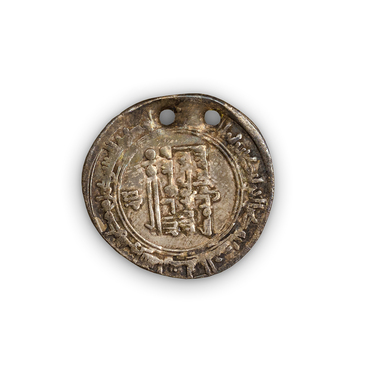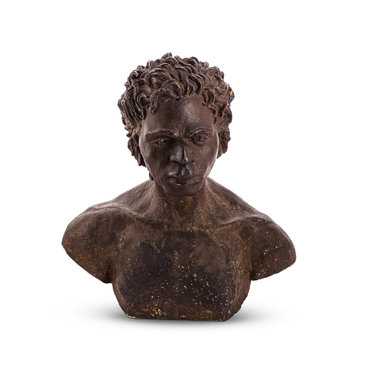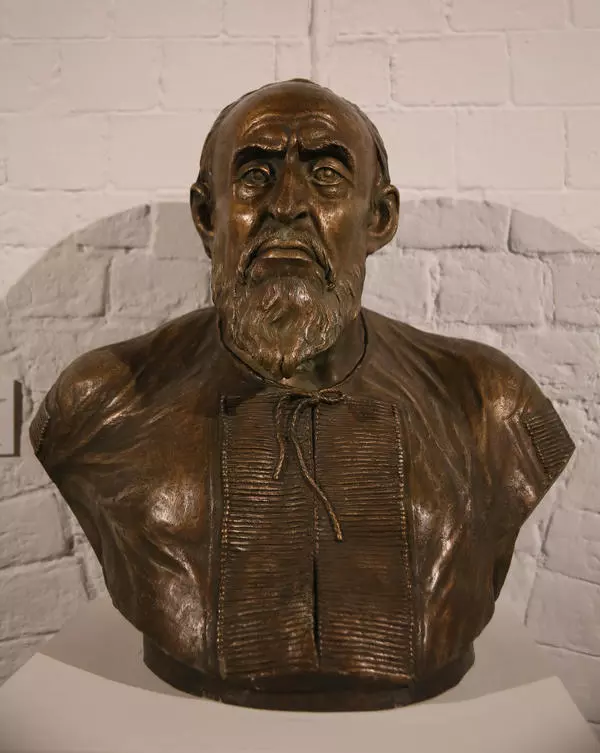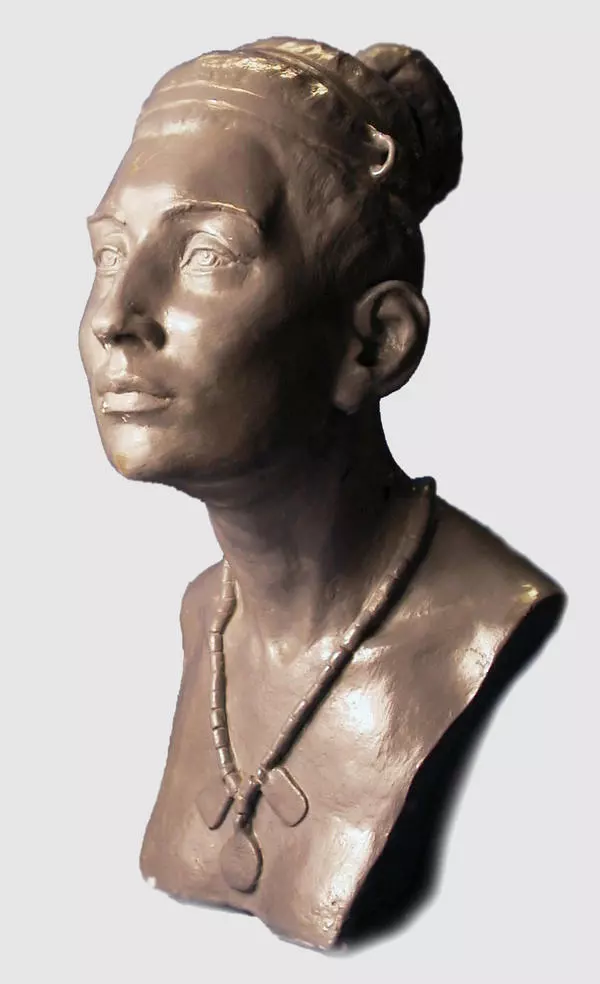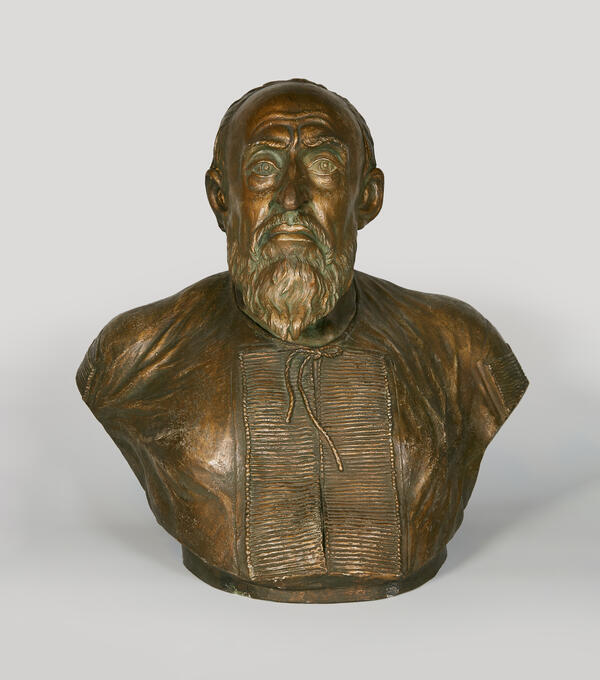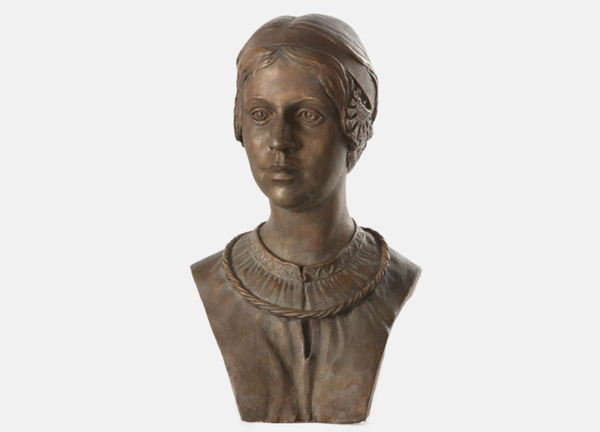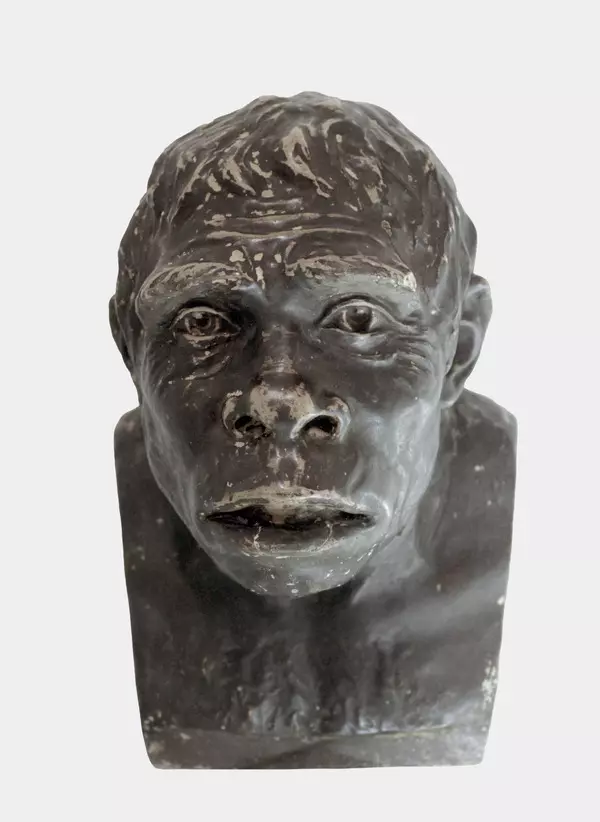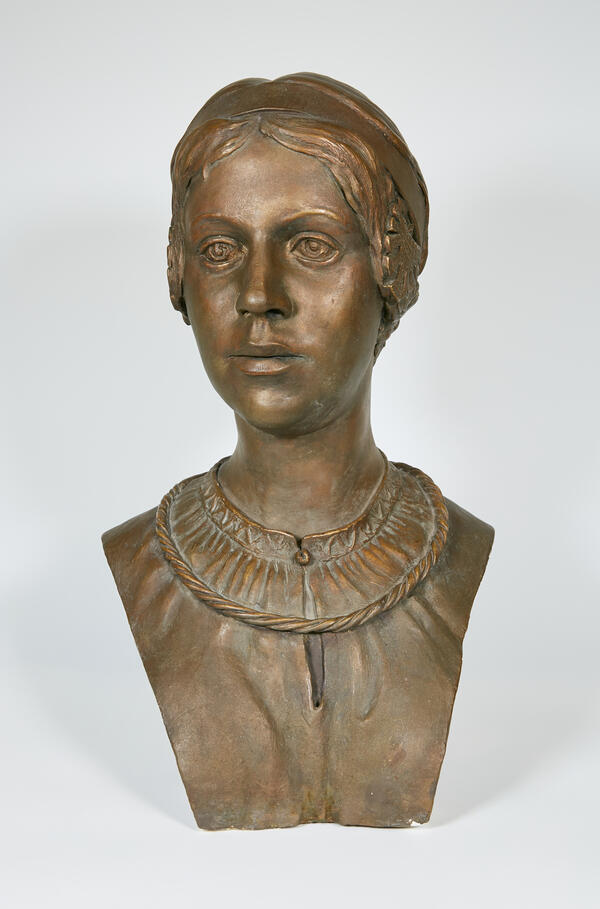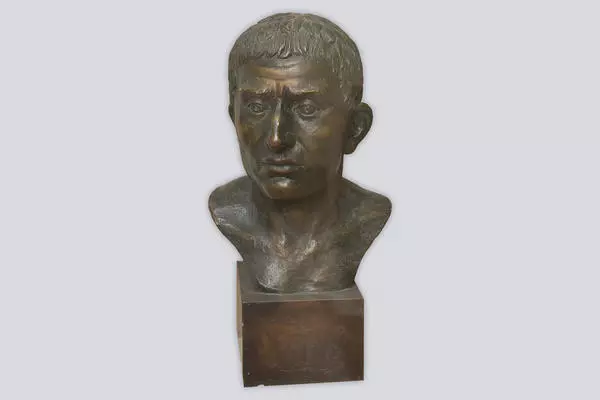The Upper Paleolithic was a time of major changes in the lives of ancient humans. During that period, representatives of the Homo sapiens species began to actively populate various regions of Eurasia, leaving a significant impact on the East European Plain. Over a dozen archaeological sites have been discovered from the Dniester River to the Pechora River, indicating the presence of Upper Paleolithic inhabitants in this area.
With the expansion of their territory and the advancement of their material culture, the beliefs and worldview of Upper Paleolithic humans became more complex. For researchers, burial practices serve as an indicator of this development. The appearance of burial sites signified a shift towards caring for deceased relatives.
In the Upper Paleolithic period, burial sites were grave pits located within the dwelling’s boundaries, either adjacent to or within them. Occasionally, special chambers constructed from animal bones were built around these graves. The bottoms of the graves were covered with red ocher. Grave goods were scarce and mainly consisted of jewelry, stone and bone artifacts. The positions of the deceased varied: the bodies could be placed in sitting, lateral, or supine (lying on the back) positions. Scientists have documented both single and collective graves.
Approximately ten Upper Paleolithic graves are located on the territory of the East European Plain. Five of these are situated in the Kostenki–Borshchevo archaeological complex. One notable example is the grave discovered in 1953 by an expedition that studied Kostenki 2. It was led by the archaeologist Pavel Iosifovich Borisovsky.
This grave was located on the floor of a dwelling. It consisted of an oval pit around which residents of the settlement constructed a burial chamber using mammoth bones. Within the chamber, there was a seated skeleton with its legs bound. The deceased was covered by earth up to the shoulders, with the head and arms remaining uncovered. No grave goods were found.




